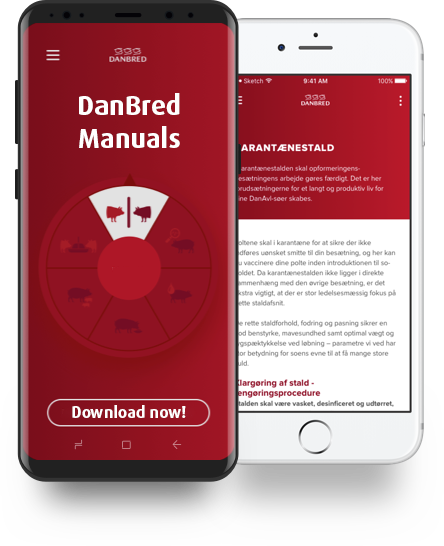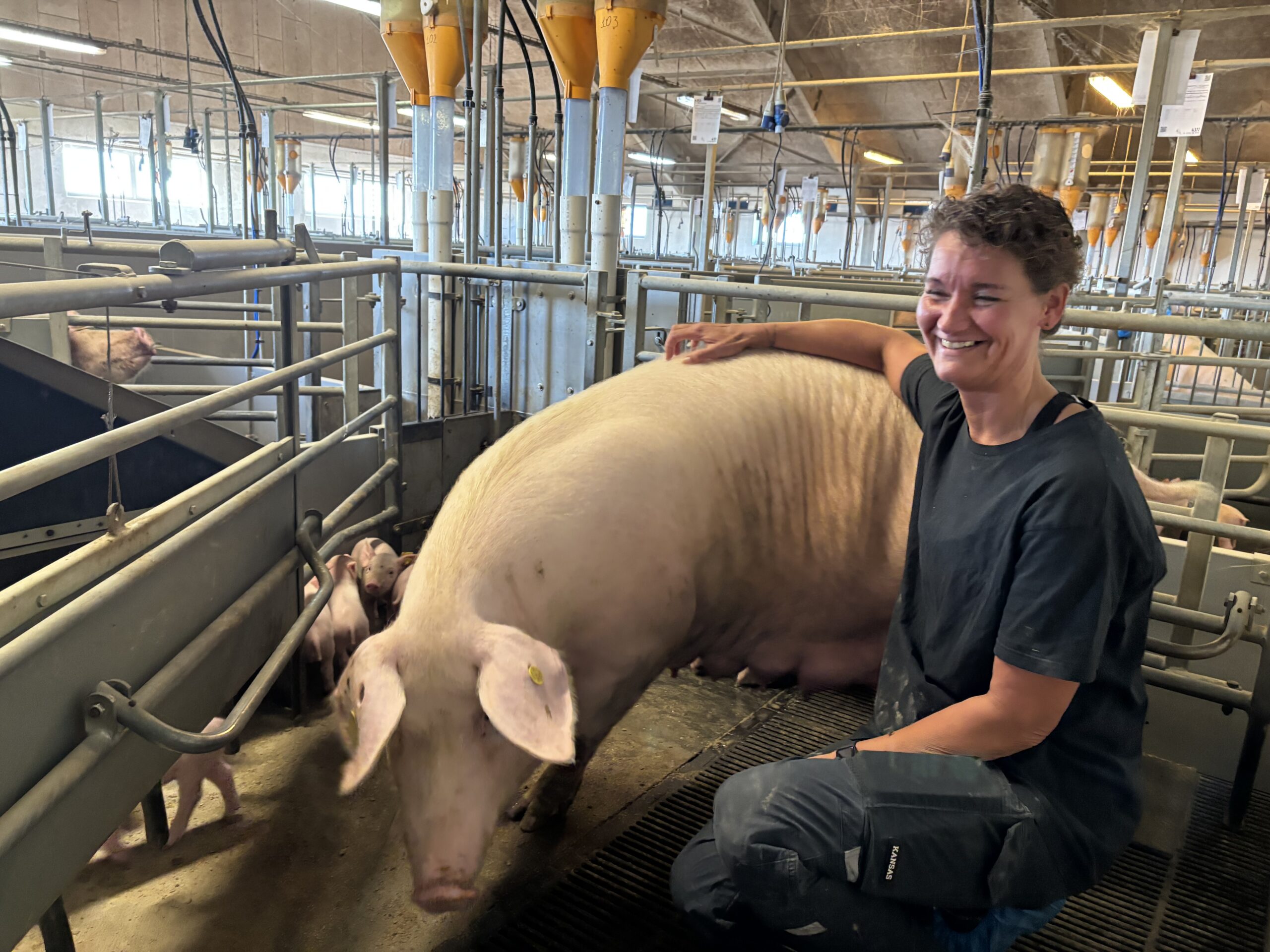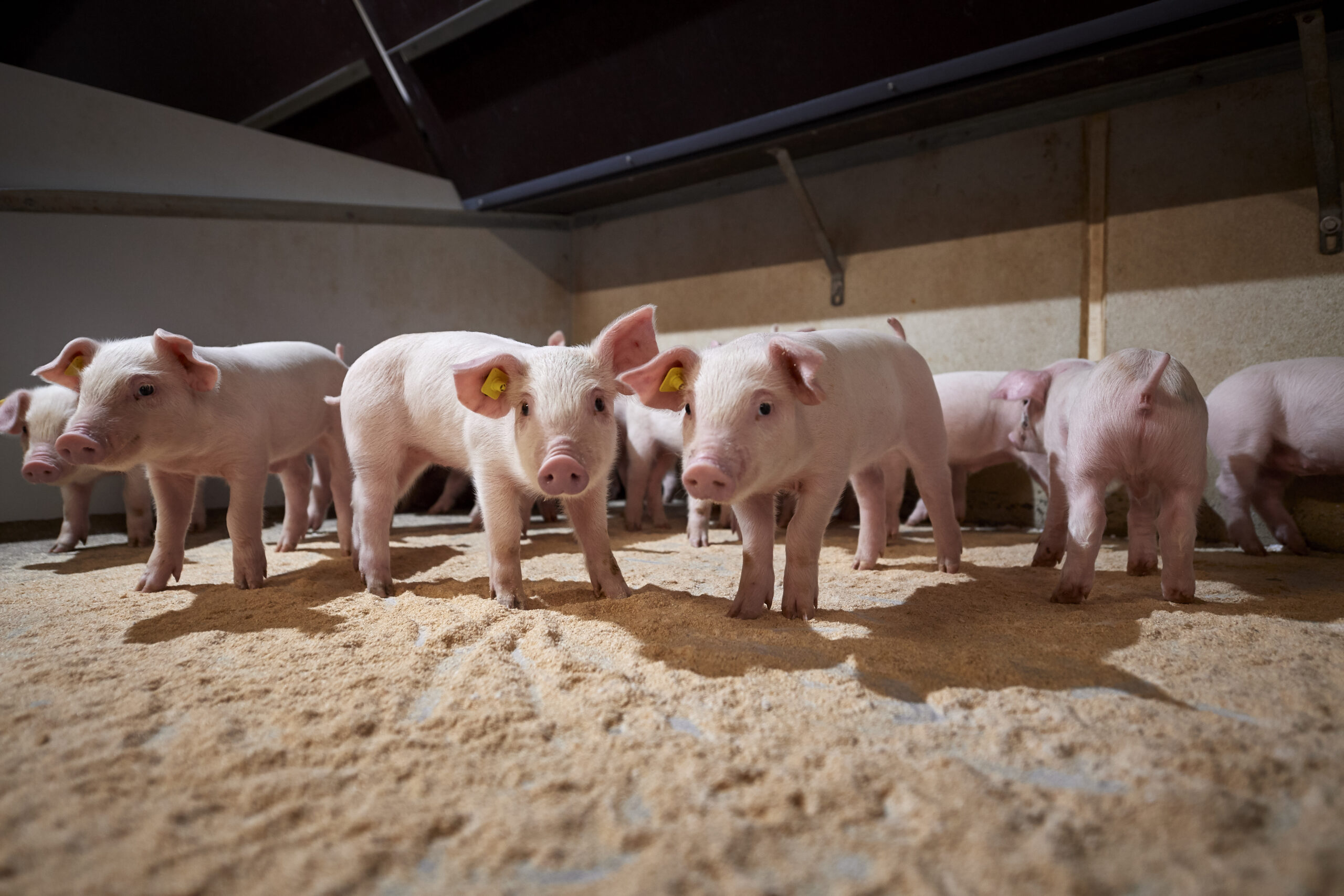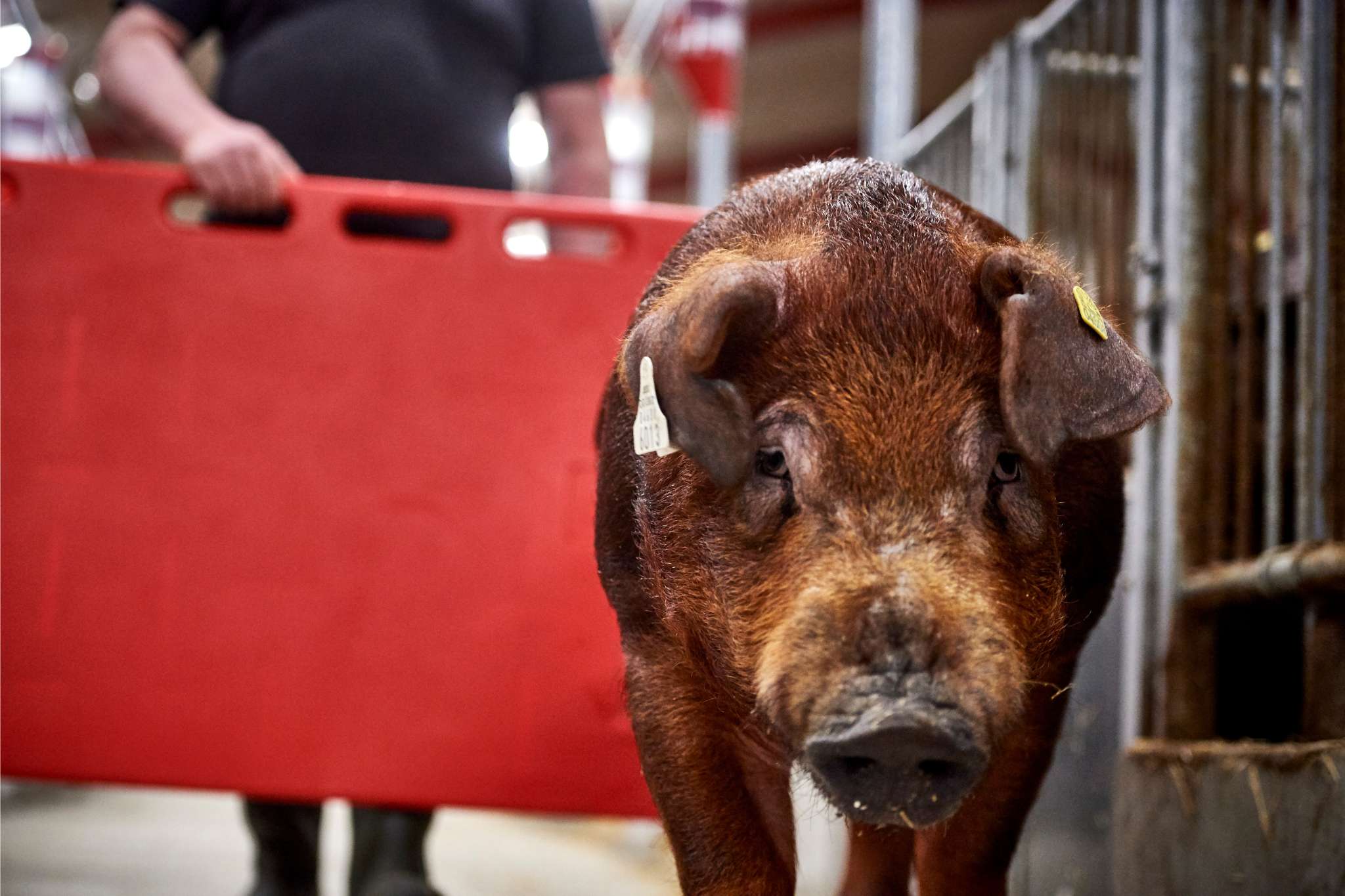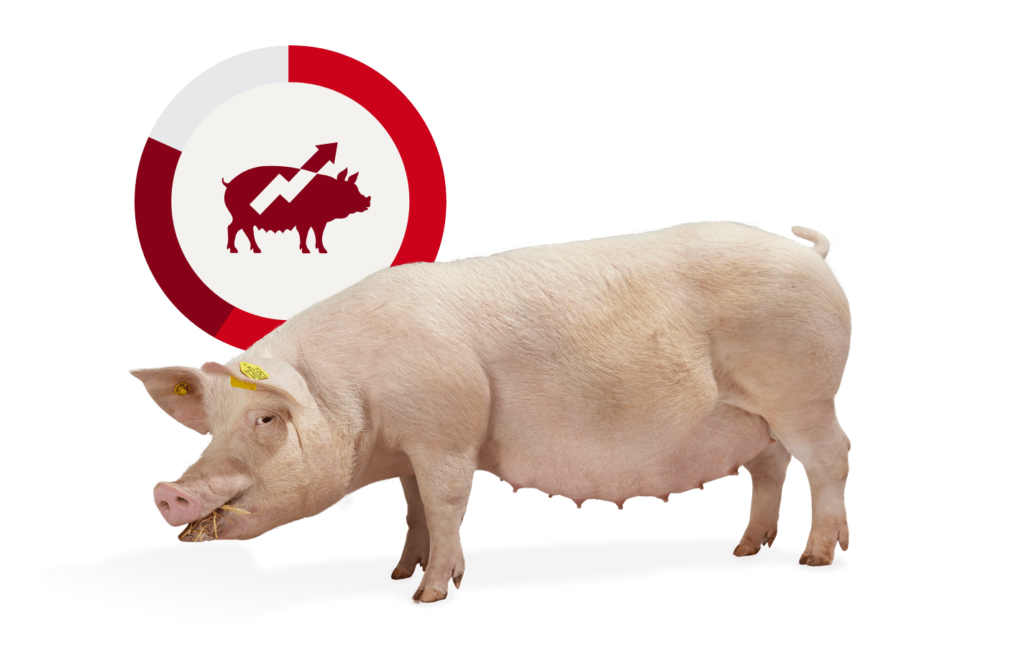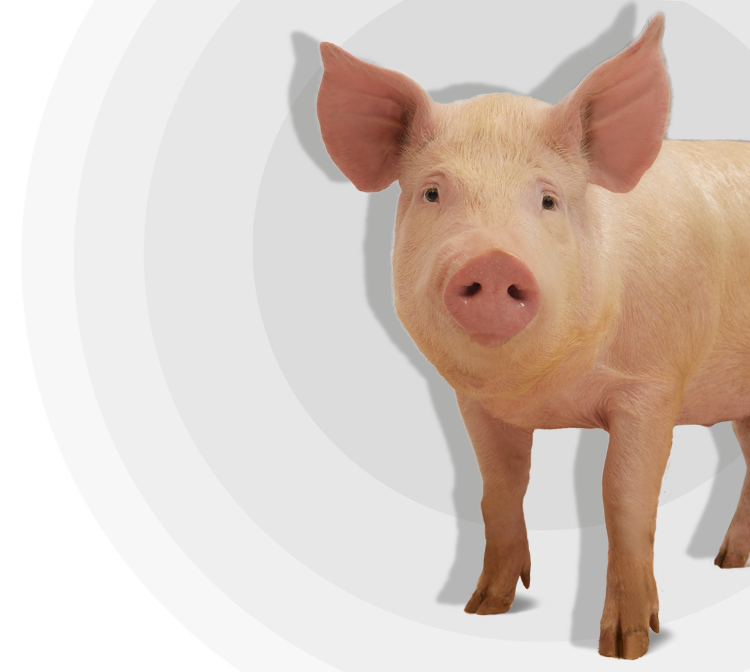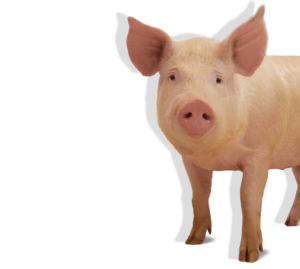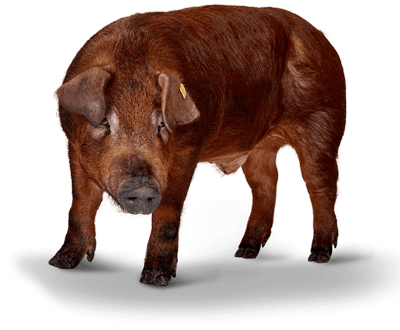Multiple studies show that thermoregulation and thermal needs during the first few hours after farrowing is of utmost importance to improve piglet survival rates. By ensuring optimal environmental conditions for the piglets, you minimize risks of hypothermia and negative effects as decreased colostrum intake in your production.
Hypothermia has proven to be one of the major causes for piglet mortality in the very first hours of life. Studies have shown that body temperature in the first couple of hours after farrowing, is crucial to early piglet survival, and until weaning at 4-5 weeks.
Piglets that aren´t quickly able to recover from hypothermia, will die – either as a direct consequence of hypothermia or starvation, crushing and disease later on. Furthermore it has been proven that piglets with a low body temperature has a decreased uptake of glucose, which also means that these piglets has a less sufficient utilization of energy in colostrum.
Studies performed on DanBred animals shows that exposure to hypothermia seems to be correlated to piglet behavior within the first 2 hours of life, but also birth weight. This means that with increased littersizes you need to be more focused on the piglets thermal needs through management, since smaller piglets are slower to ingest colostrum.
After farrowing body temperature in the piglets decreases 2-4°C within the first 2 hours, because of lower environmental temperatures and the need to obtain thermoregulation.
This is also why lower critical ambient temperatures are determined at 34-35°C (maximum 40°C), to ensure heat preservation in the piglets and improve survival rates as shown in figure 1.
This is also why it is of great importance that you keep a minimum temperature at 34°C in the creep area at farrowing, and why it is urgent to teach the piglets to use it, when they aren’t suckling.
However exposure to lower air temperatures are diminished in piglets that stay at the udder for longer periods of time, rather than settling alone. Positioning and lying postures of the piglets is one of the most efficient tools to observe thermal conditions, and to act upon them. Cold piglets will often seek towards the udder and other piglets, because of heat radiation. Also these piglets will show huddling behavior, shivers, erect haircoats and rests on the abdomen.
Improving the piglets immediate environment in the pens, has shown positive effects on piglet survival rates through optimal thermal conditions and because of this an increased colostrum intake. To ensure these conditions, heating devices can be placed behind the sow during farrowing, to minimize heat loss immediately after farrowing. However these devices need to be removed right after farrowing, to ensure that the piglets draw towards the creep area and avoid crushing.
3 tips from the DanBred Technical Services Team to improve piglet survival in your production:
- Place heat sources behind the sow during farrowing – Ex. Heating lamps, heat panels, straw etc.
- Conduct daily control of piglet environment – Temperature (infrared thermometer), avoid draft.
- Train the piglets to seek towards the creep area – Keep piglets in the creep area during feeding and move solo piglets from slats to the creep area.
Follow DanBred for regular updates on how to manage hyper prolific DanBred sows and increasing littersizes – If you want to learn more from the different studies, follow these links: https://bit.ly/2Kq6ofE, https://bit.ly/2rLFY0a, https://bit.ly/2wKe4rc, https://bit.ly/2Gn9ONM..


